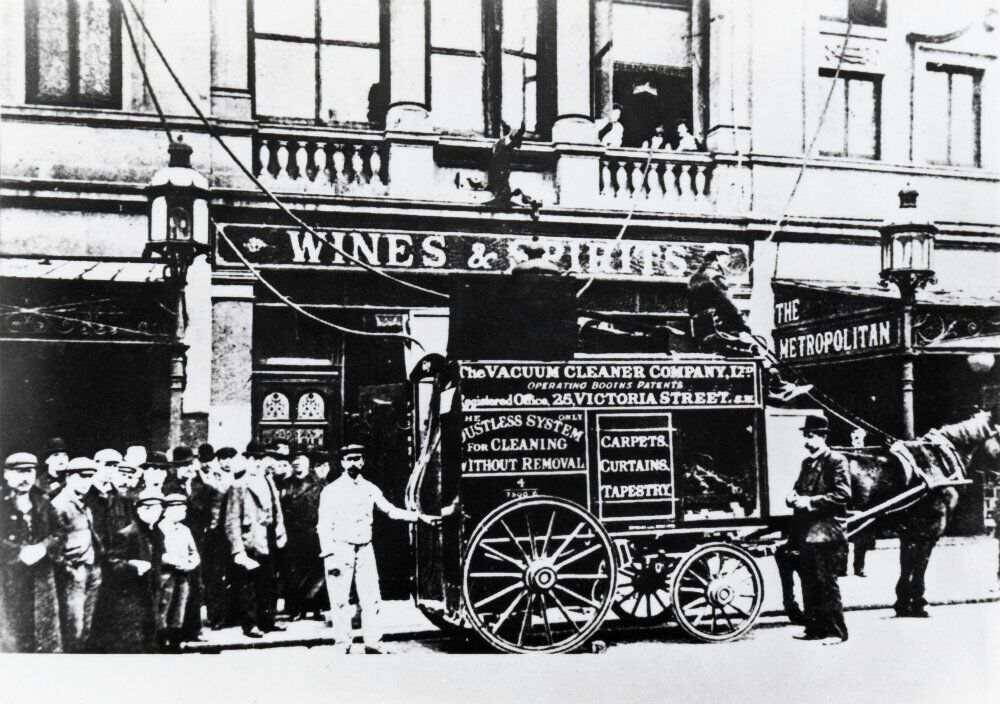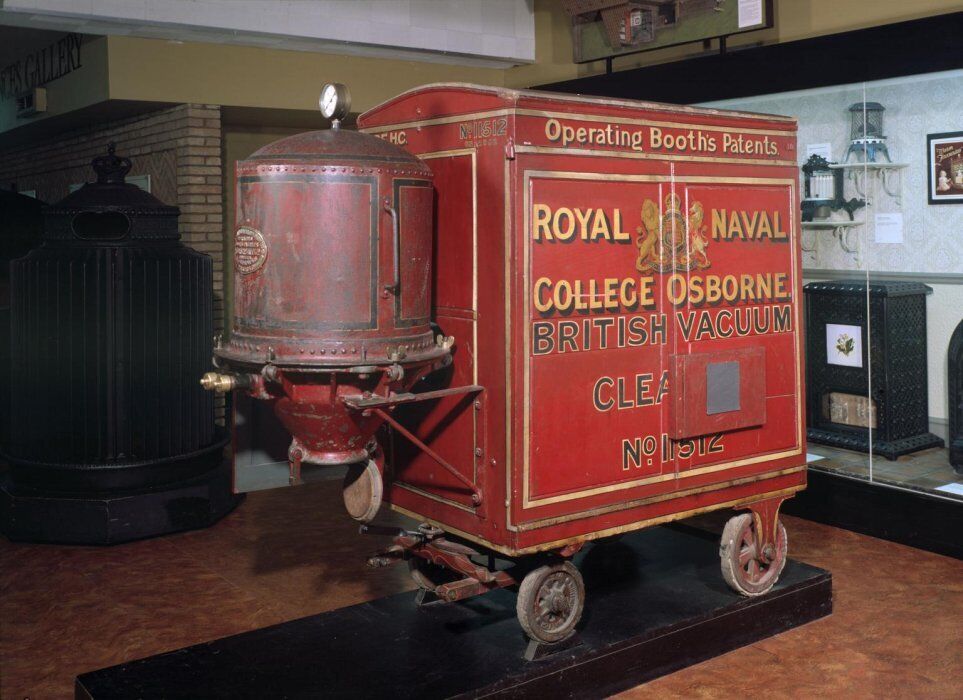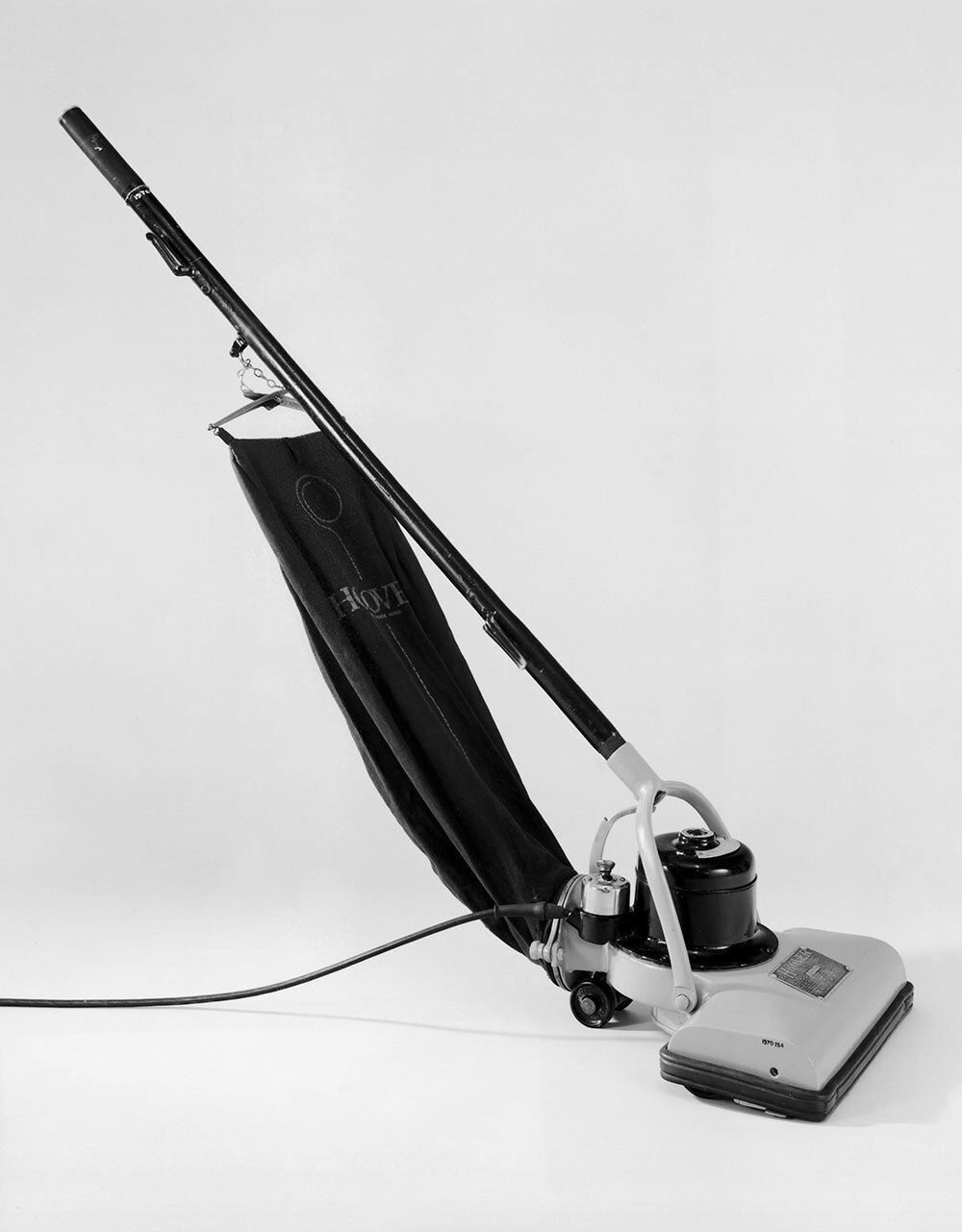News
Carried by horses: what the first ever vacuum cleaner looked like, the sounds of which made the whole street shudder, and why its developer was imprisoned. Photo.
Household chores are an integral part of our daily lives. They are simplified by modern technologies that we take for granted. For example, today, cleaning the house has become as simple and quick as possible thanks to such a miracle of technology as a vacuum cleaner. And few people, seeing the first device for dust control in the photo, will recognize it as our usual assistant today.
OBOZ.UA offers to get acquainted with the history of the creation of this popular device. And also learn some interesting facts.
Who invented the vacuum cleaner
Stylish and multifunctional automotive or household vacuum cleaners would not have appeared on the market if the famous engineer Daniel Hess had not invented the first mechanical device for cleaning dust in Chicago. It happened in the nineteenth century. However, in 1860, all the developments prepared for sale burned down.
Therefore, the first inventor to receive a patent is Hubert Cecil Booth. It was Booth who was the first to create a working model. He founded an entire carpet cleaning company.
On August 30, 1901, engineer Hubert Cecil Booth received a British patent for the first vacuum cleaner. He was inspired by a device for blowing dust from the seats in train cars. Observing this machine, Booth thought that it would be much more practical to suck the dust instead of blowing it away.
This is how the device with the funny name "Puffing Billy" was created. It was extremely cumbersome and noisy, and had to be carried by horseback.
Initially, the vacuum cleaner was powered by a gasoline engine, and it made a noise in history. This vacuum cleaner did without brushes - a reciprocating pump sucked air through 30-meter hoses with nozzles at the ends, passing it through a fabric filter.
The bulky machine could not be dragged into every house, so at first it was left on the street next to the house, pulling the hoses inside. However, the "Puffing Bill" was so loud that it scared away all the surrounding animals and, most importantly, frightened the horses harnessed to the vans. So the police soon banned leaving the device on the street. We had to limit ourselves to cleaning carpets only in the widest rooms where such a vacuum cleaner could enter.
Later, Booth also created a version with an electric motor, but this one was quite large.
It is worth noting that Booth did not sell carpet cleaning devices, but cleaning services. He founded the British Vacuum Cleaner and Engineering Co. Booth's vans were painted bright red. Operators in special uniforms stretched hoses through the windows of houses to reach all the rooms inside.
In London, it even became fashionable to hold vacuum cleaner parties. High society ladies gathered there and drank tea while watching Booth's workers clean the carpets in their homes.
However, the noisy "Puffing Bill" caused a lot of trouble for his creator. Numerous complaints were filed against Booth for the noise that accompanied carpet cleaning, and his company was repeatedly fined. And after his vacuum cleaner cleaned the mint, Booth was even accused of theft. The fact is that his machine had collected a certain amount of dust from silver coins. Booth was even arrested but released soon after.
Nevertheless, even royalty used Booth's services. In 1902, his "Puffing Bill" cleaned all the carpets of Westminster Abbey before the coronation of Edward VII.
Among Booth's clients was the English Admiralty. By clearing the dust from the barracks of English sailors, Booth's company put an end to the plague epidemic. Booth's vacuum cleaners were also used in theaters and shops.
Development of vacuum cleaners
The first person to come close to creating a compact device that resembles the new vacuum cleaners was the American James Kirby. He used Booth's units as a basis and set out to create a small device that could be operated by only one person.
Soon, more compact models of vacuum cleaners with electric and manual drive began to appear. One of the first such devices, called Elmo, was sold by Siemens in 1906.
In 1907, asthmatic janitor James Murray Spangler created a portable electric vacuum cleaner with a rotating brush and received a patent for it in 1908. Using previous developments, he took into account all the nuances: a pillowcase was used as a dust collector, and the mop base was used as a handle.
However, without his funds for production, Spengler was forced to sell the invention to his cousin's husband, William Hoover. It was with him that the history of the vacuum cleaner began. When others were producing devices weighing 50 kg, Hoover reduced the weight to 20 kg.
It was the Hoover Company that began to dominate the production of electric vacuum cleaners in the United States and Europe. Moreover, even the Hoover trademark itself in Britain and Ireland became synonymous with "vacuum cleaner".
Inventor David Kenney of New Jersey received 9 patents for vacuum cleaner-related improvements in 1903-1913 and founded the Vacuum Cleaner Manufacturers Association in 1919. In 1910, P. A. Fisker patented the Nilfisk electric vacuum cleaner, which could be operated by only one person - the vacuum cleaner weighed 17.5 kg. His company still exists today and is called Nilfisk-Advance.
Although Booth's company ultimately failed to compete with Hoover in the domestic household vacuum cleaner market, it did move quite successfully into the industrial market, creating increasingly larger models for factories and warehouses. Booth's company BVC still exists today as a division of Quirepace Ltd. At the end of his life, Booth refused the knighthood offered to him, and he died on January 14, 1955 in Croydon (now a suburb of London).
































